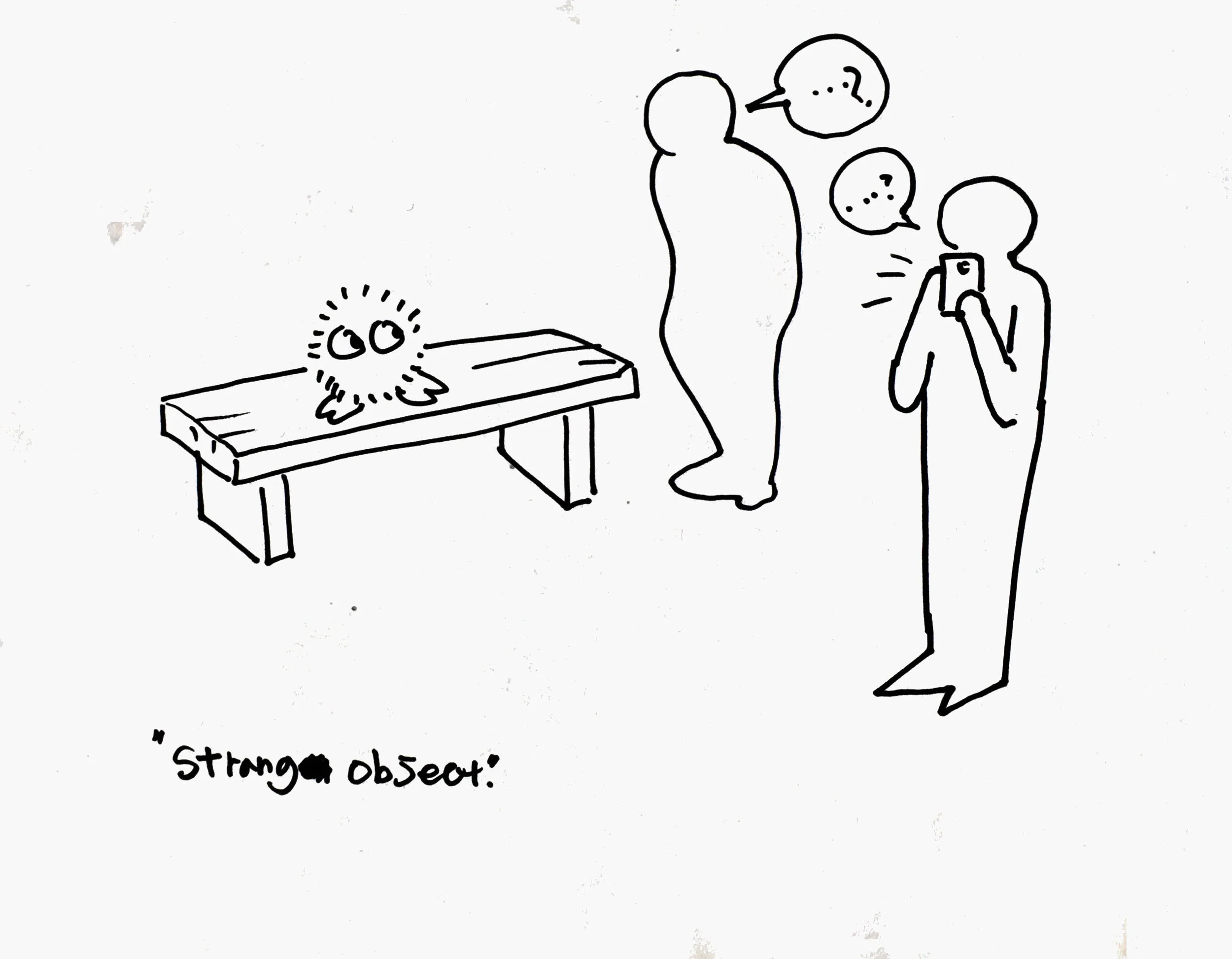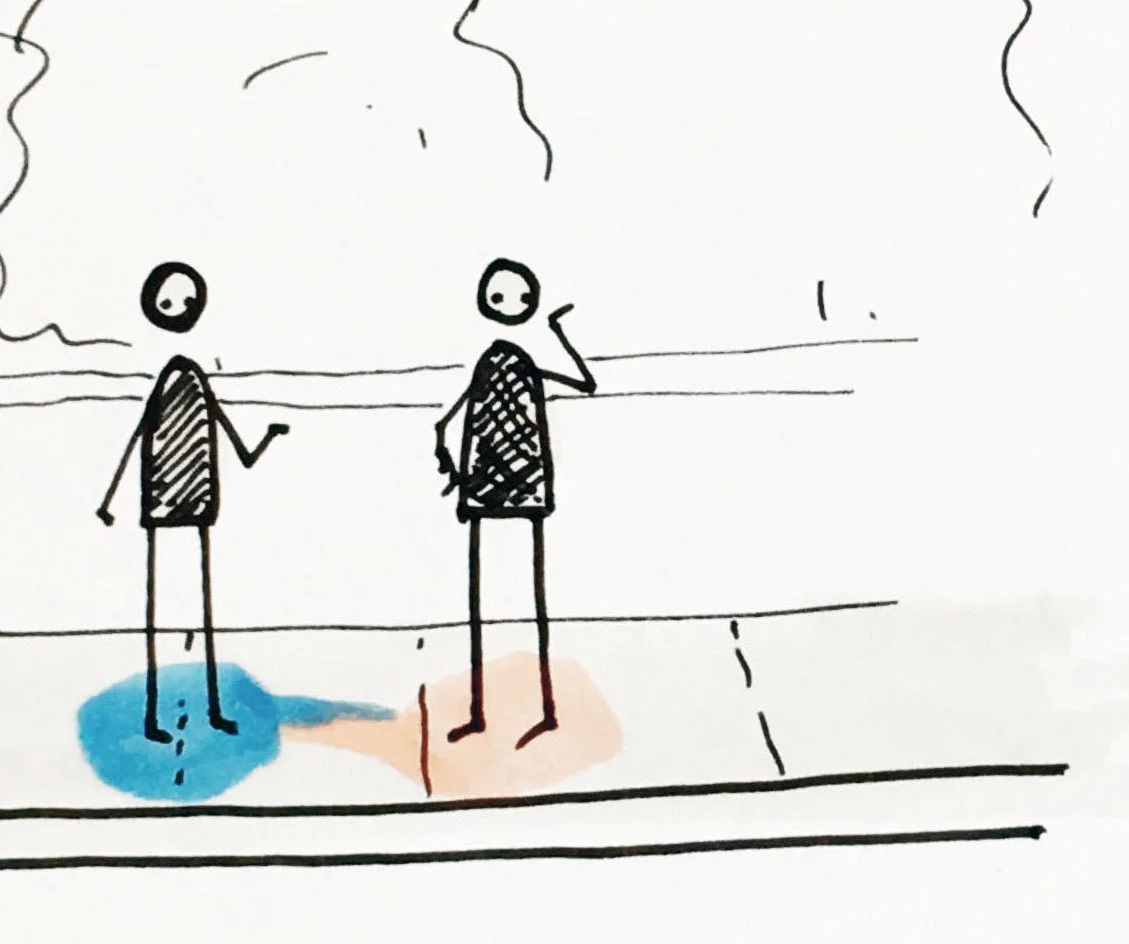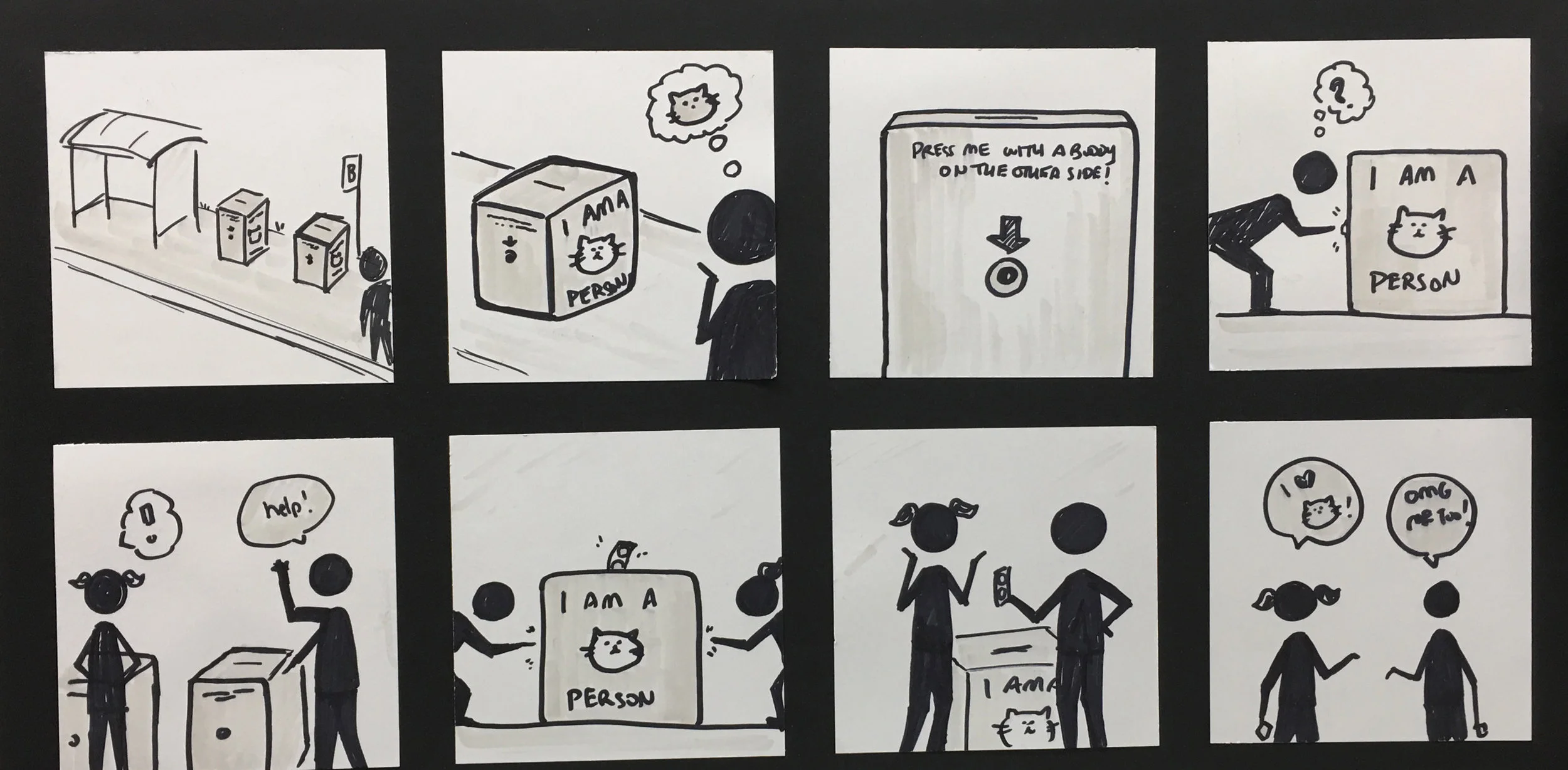GATHR
an online platform that bridges ‘bubbles’ of social interaction through discovering new events, participating by posting and sharing the flyers of local events and connecting with people
Role: UI/UX, Identity design, Video and InVision prototyping
Brief: Create a positive impact in Pittsburgh through technology
6 weeks group project
Ixd Studio, Carnegie Mellon University, Fall 2016
W H Y G A T H R
Pittsburghers typically find out about local gatherings through word of mouth, social media, or flyers they see in social gathering places. But all of these methods still keep people in their social "bubbles." We bypass these physical constraints of interaction by reinforcing the benefits of physical modes of information dissemination — flyers.
With GATHR, we aim to help people to open up their bubble with publicly accessible event data that is crowdsourced and easily searchable.
. . .
T H E A P P R O A C H
DISCOVER / PARTICIPATE / CONNECT
Through both a web-based and a mobile-based application, users can discover events and special interest groups around them. By hitting “count me in” to events, they can manage the events on their personal feed and quickly synchronize the info to external calendar or messaging apps like Google Calendar and iMessage.
T H E D E S I G N
MOBILE APPLICATION
Mobile application enable users to discover local events based on their interest’s preferences and store flagged flyers in their feed.
AR MODE
By embedding AR layer over physical flyers, users would be able to recognize if a flyer was already tagged and stored in the system or not at a glance. AR mode is compatible with camera mode, which require no extra works for users. Users can also get extra information about the events through 3D objects, audio and video.
DISCOVER YOUR CITY
Users can discover events and gatherings happening in
the city through GATHR's collection of digital flyers
based on their set of interest.
PARTICIPATE IN YOUR COMMUNITY
Users can participate back to their community by posting events using GATHR. By simply taking a photo of the flyer, GATHR automatically detects the key information for users.
CONNECT YOU AND PITTSBURGH
Users can "count me in" to events and quickly synchronize it to their calendar or messaging apps. GATHR helps people to discover the interest groups around them while making it easy to follow through with their commitments.
WEB APPLICATION
Web application enable users to search events based on geographic location on a map without register. With advanced filters including date, category and neighborhoods, GATHR makes it easy for people to discover the interest groups around them while making it easy to follow through with their commitments.
T H E S T R A T E G Y
MARKETING INITIATIVES
Since GATHR is a crowdsourced platform, we propose several initiatives to get the word out on GATHR.
Locally-relevant goods for local businesses to promote the platform.
Publicity events involving boothing at public events (like Yelp’s events and makerfairs) and social media initiatives to involve the public in our platform.
An analytics function for local businesses to help them track the popularity of their events and the effectiveness of their marketing campaigns.



. . .
T H E R E S E A R C H
EXPLORING THE 'BURGH
At the beginning of our exploration, we were curious to learn how new residents of as well as longer-term residents of Pittsburgh perceived the city. As Pittsburgh is becoming a city that newcomers are flocking to, and we were interested in learning about the challenges surrounding these social changes. Our initial questions were:
How do Newcomers’ view Pittsburgh?
What is the native residents’ perception to today’s Pittsburgh?
How did they make connections, and were they interested in making friends with the ‘other’ group?
Through exploratory research , we found out that people want to know more about the local area, but hard to find information about it. In addition, they rarely have the chance to break out of their social and geographic “bubbles.” In our conversations with locals and experts, we found that a “human-in” is one of the most common ways they are connected with new people, breaking them out of their “bubbles.”
D E S I G N I M P L I C A T I O N S
CONNECT THE ‘BURGH
There were many mentions of the city’s changing identity, both for the good and bad, we wondered how we might go about addressing this. The expressed interest in being connected to both the city and what it has to offer as well as each other influenced our design implications, helping to guide us in our ideation.
Enhancing neighborhood identity
In the face of so much change, how can we help preserve and promote that which is good in Pittsburgh?Mediating change
How do we make the transitions involved in change more inclusive for the communities?Promoting humanness
How can we create impact while keeping the interactions humane and accessible?
I D E A T I O N & I T E R A T I O N
PLACE WHERE PEOPLE NATURALLY HAVE TIME TO LINGER
With these implications in mind, We ideated many concepts and identified bus stops as a key intervention points. Bus stops are where people from different silos come together naturally and have time to linger. After rounds of ideation, we arrived at a tentative concept that encourages strangers to talk each other at bus stops through a questionnaire installation.
We created and placed a low-fidelity prototype at a public bus stop. After observation, however, it turned out that people didn’t want to engage. When we asked the reason, we found out that people thought the questions were interesting but they weren’t in the mindset to be interactive because most people are tired and too preoccupied with the bus arrival.
C O N C E P T D E V E L O P M E N T
NEIGHBORHOOD FLYERS
We revisited our findings to identify an environment where people are in the right mindset for interaction. We ended up gearing our solution toward local gatherings and events where people are open-minded. And we found flyers are excellent resources for discovering these local gatherings and events. However, we also found that it only exposed in certain population of viewers due to the space constrains.
P R O T O T Y P E
GATHR SYSTEM
To explore how to relate the physicality of local posters to Pittsburgh at a broader scale, we started with competitive analysis of event platform like Facebook, Yelp and Craigslist, and MeetUp. Based on analysis, we developed and iterated a user journey and system map. Through many iterations of sketches, information architecture, and wireframes, we developed the framework of the GATHR system for visual refinement.






















